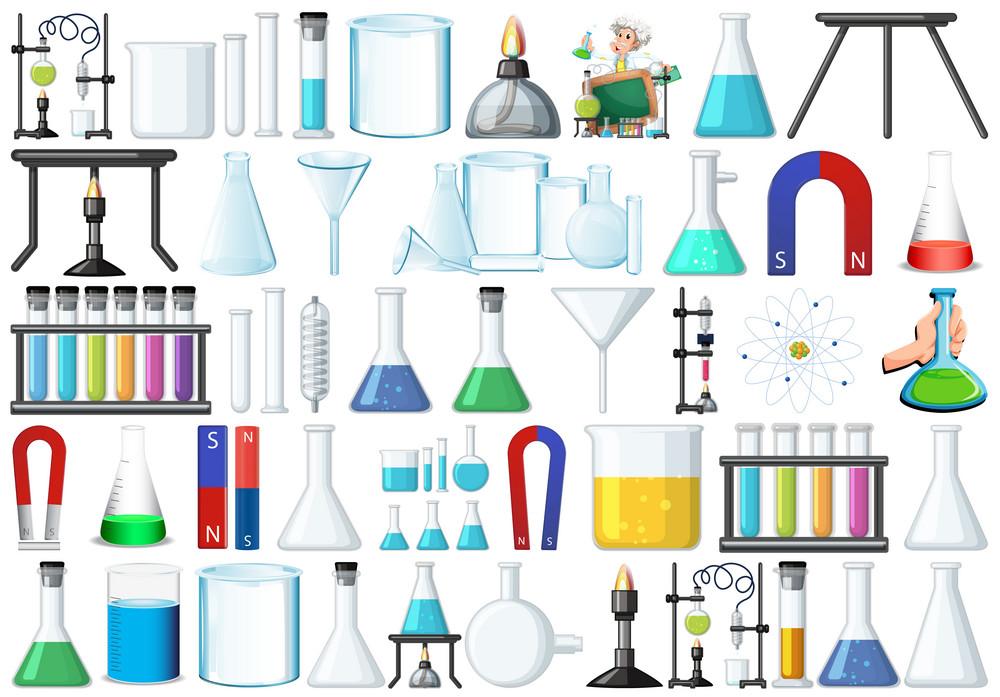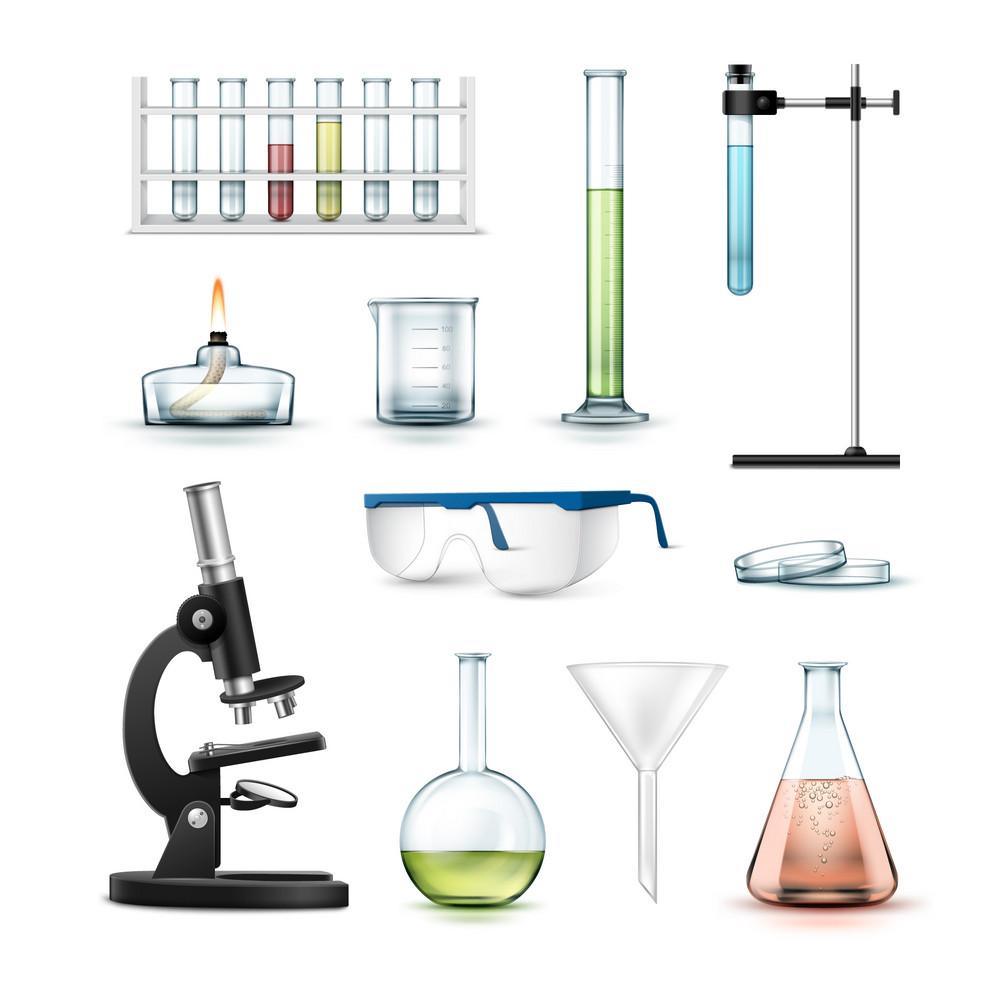- The process of creating a drug - May 23, 2023
- How do scientists model mental disorders in animals? - May 23, 2023
Introduction to Laboratory Equipment: Understanding the Basics
Laboratory equipment is an essential part of any scientific experiment or research project. It is important to understand the different types of equipment used in the laboratory, as well as their uses and functions. This article will provide an introduction to laboratory equipment and discuss the different types of equipment used in the laboratory, including glassware, measuring equipment, heating and cooling equipment, laboratory safety equipment, analytical instruments, chromatography equipment, and spectroscopy equipment.
Common Laboratory Apparatus: Understanding the Uses and Functions
Common laboratory apparatus refers to a range of equipment that is frequently used in laboratory settings. These pieces of equipment are essential for conducting experiments and analyzing samples. Some examples of common laboratory apparatus include beakers, flasks, test tubes, pipettes, burettes, and funnels. Beakers and flasks are used for holding and mixing substances, while test tubes are used for holding small samples of liquids or solids. Pipettes and burettes are used for measuring precise volumes of liquids, and funnels are used for transferring liquids from one container to another. In addition, laboratory apparatus such as microscopes, centrifuges, and spectrophotometers are used for more specialized applications such as examining microscopic organisms, separating mixtures, and measuring light absorption. Understanding the uses and functions of common laboratory apparatus is essential for conducting experiments safely and effectively.
Glassware in the Laboratory: Types and Applications
Glassware is an essential component of laboratory equipment and is used for a variety of purposes such as measuring, mixing, and heating liquids, among others. Glassware is popular in the laboratory due to its transparency, thermal stability, and chemical resistance. In this section, we will discuss the different types of glassware used in the laboratory and their applications.
Beakers: These are cylindrical-shaped containers that come in different sizes, ranging from 50 ml to 10 liters. They are used for mixing, heating, and measuring liquids, and are popular due to their flat bottom, making them stable on a flat surface.
Flasks: Flasks come in different shapes, including round-bottomed, flat-bottomed, and Erlenmeyer flasks. They are used for mixing, heating, and storing liquids and are ideal for reactions that require swirling or mixing. The Erlenmeyer flask is popular for titration experiments.
Test Tubes: These are long, thin, cylindrical-shaped containers with a rounded bottom, used for holding, mixing, and heating small amounts of liquids. They are also used for storing and transporting small samples.
Graduated Cylinders: These are tall, cylindrical-shaped containers with a narrow neck and a calibrated scale for measuring the volume of liquids accurately.
Pipettes: These are glass tubes used for transferring small volumes of liquids accurately. They come in different sizes, including micro-pipettes and macro-pipettes.
Petri Dishes: These are shallow, circular-shaped containers used for growing cells, bacteria, and other microorganisms in a culture medium.
Watch Glasses: These are circular-shaped glass plates used to cover beakers and flasks, preventing contamination and evaporation.
Burettes: These are graduated glass tubes used for dispensing liquids accurately in titration experiments.
Condensers: These are glass tubes used for cooling and condensing gases or vapors. They come in different types, including the Liebig condenser, the Graham condenser, and the Allihn condenser.
Glassware is an essential component of laboratory equipment, and the type of glassware used depends on the experiment or analysis being performed. Understanding the different types of glassware and their applications is crucial for carrying out experiments accurately and safely.

Measuring Equipment in the Laboratory: Understanding Accuracy and Precision
Measuring equipment is used to accurately measure and analyze substances in the laboratory. Common types of measuring equipment include balances, calipers, thermometers, and hydrometers. Balances are used to measure mass, while calipers are used to measure length and diameter. Thermometers are used to measure temperature, while hydrometers are used to measure the density of a liquid. It is important to understand the accuracy and precision of each type of measuring equipment in order to ensure accurate results.
Heating and Cooling Equipment: Uses and Applications
Heating and cooling equipment is an essential component of laboratory equipment, serving a wide range of applications. Heating equipment such as hot plates, ovens, and Bunsen burners are used to increase the temperature of substances in experiments. These types of equipment are commonly used for evaporating solvents, melting solids, and conducting chemical reactions that require heat. Cooling equipment such as refrigerators, freezers, and chillers are used to decrease the temperature of substances, which is essential for storing samples and chemicals that are sensitive to high temperatures. Cooling equipment is also used in experiments that require temperature control, such as protein crystallization and DNA sequencing. In addition, heating and cooling equipment is used in a variety of industries, including pharmaceuticals, biotechnology, and food processing, making it a critical tool for scientific research and development.
Laboratory Safety Equipment: Essential Gear for Protection
Laboratory safety equipment is essential for protecting personnel and equipment in the laboratory. Common types of safety equipment include safety glasses, gloves, aprons, and face shields. Safety glasses are used to protect the eyes from hazardous materials, while gloves are used to protect the hands from contact with hazardous materials. Aprons and face shields are used to protect the body from splashes and spills. It is important to understand the uses and applications of each type of safety equipment in order to ensure maximum protection.
Analytical Instruments in the Laboratory: Types and Applications
Analytical instruments are used to analyze and measure substances in the laboratory. Common types of analytical instruments include microscopes, spectrophotometers, and chromatographs. Microscopes are used to magnify and examine specimens, while spectrophotometers are used to measure the intensity of light. Chromatographs are used to separate and identify components of a sample. It is essential to comprehend the types and applications of each type of analytical instrument in order to ensure accurate results.

Chromatography Equipment: Separation Techniques and Applications
Chromatography equipment is used to separate mixtures of substances in the laboratory. Common types of chromatography equipment include thin layer chromatography (TLC) plates, gas chromatography (GC) columns, and high performance liquid chromatography (HPLC) systems. TLC plates are used to separate organic compounds, while GC columns are used to separate volatile substances. HPLC systems are used to separate and identify components of a sample. It is essential to grasp the separation techniques and applications of each type of chromatography equipment in order to ensure accurate results.
Spectroscopy Equipment: Understanding Light-Based Techniques in the Laboratory
Spectroscopy equipment is a class of analytical instruments that utilizes light-based techniques to measure the properties of substances. Spectroscopy involves the interaction of light with matter, and it can provide scientists with information on the chemical composition, structure, and physical properties of materials. There are several types of spectroscopy equipment, including infrared (IR) spectroscopy, ultraviolet-visible (UV-Vis) spectroscopy, and nuclear magnetic resonance (NMR) spectroscopy. IR spectroscopy is commonly used for identifying functional groups in organic molecules, while UV-Vis spectroscopy is used for quantifying the concentration of substances in solutions. NMR spectroscopy is a powerful technique for determining the structure and dynamics of molecules. Spectroscopy equipment plays a crucial role in a wide range of fields, including chemistry, physics, biology, and materials science, and it continues to be a valuable tool for scientific research and development.
Conclusion
In conclusion, laboratory equipment plays a critical role in modern science and technology. From glassware to analytical instruments, each type of equipment has a unique purpose and application. Proper use of laboratory equipment is essential for obtaining accurate and reliable results in scientific experiments, and it is crucial to follow safety protocols and handle equipment with care. Overall, laboratory equipment is an essential component of scientific research, and it is crucial to understand the different types of equipment and their applications in experiments. Proper use and maintenance of laboratory equipment are necessary to ensure safety, accuracy, and reliability in scientific research.
Bibliographic Information
- Aulton, M. E. (2017). Pharmaceutics: The Science of Dosage Form Design (4th ed.). Churchill Livingstone.
- Frazier, J. M., & Westhoff, D. C. (2018). Food Microbiology (5th ed.). McGraw-Hill Education.
- Harris, D. C. (2016). Quantitative Chemical Analysis (9th ed.). W. H. Freeman and Company.
- Lees, G. C. (2018). The Handbook of Analytical Instruments (3rd ed.). McGraw-Hill Education.
- Skoog, D. A., Holler, F. J., & Crouch, S. R. (2017). Principles of Instrumental Analysis (7th ed.). Cengage Learning.
- Sperling, M. (2018). Introduction to Physical Polymer Science (5th ed.). John Wiley & Sons.
- Ticehurst, M. D., & Smith, J. P. (2017). Basic Laboratory Procedures in Clinical Bacteriology (2nd ed.). World Health Organization.
- Torres, J., & Prasad, R. (2018). Medical Microbiology and Immunology: Examination and Board Review (10th ed.). McGraw-Hill Education.
- Weygandt, L., Kimmel, P., & Kieso, D. (2017). Financial Accounting (10th ed.). John Wiley & Sons.
- Zumdahl, S. S., & DeCoste, D. J. (2017). Chemical Principles (8th ed.). Cengage Learning.
- The Laboratory https://www.acs.org/education/policies/middle-and-high-school-chemistry/laboratory.html


